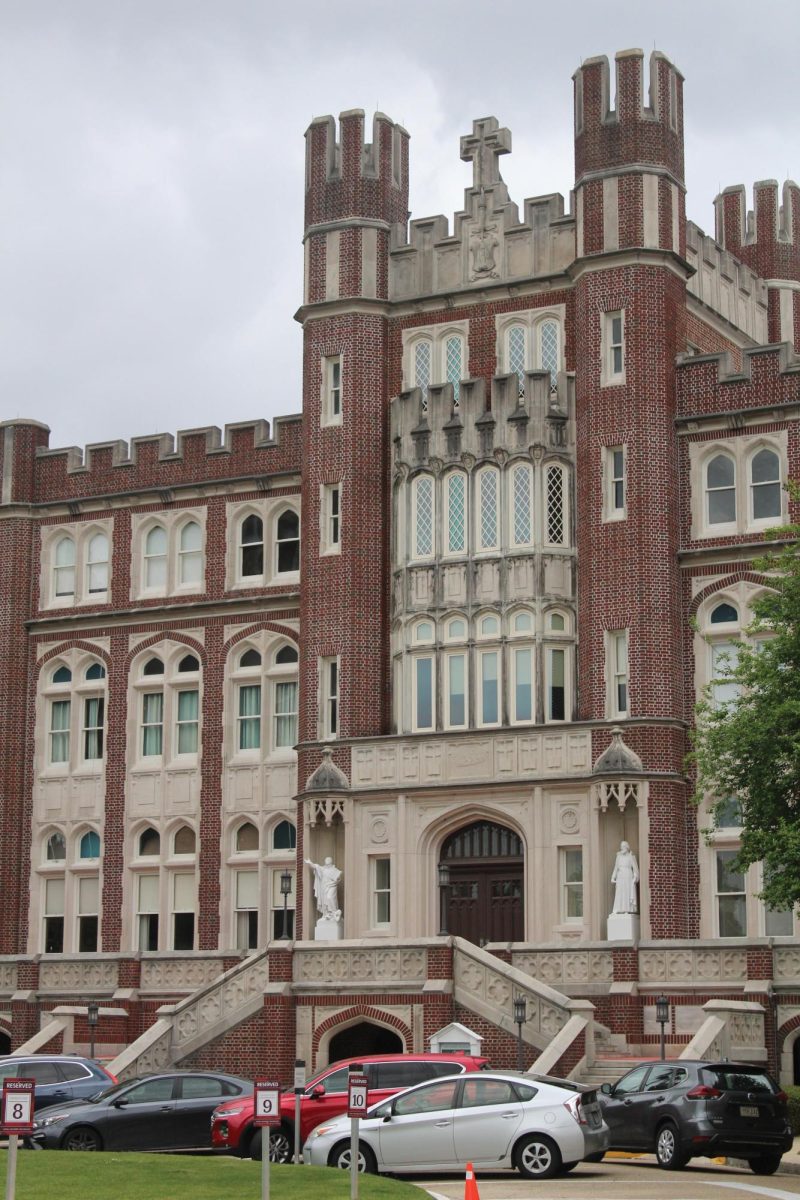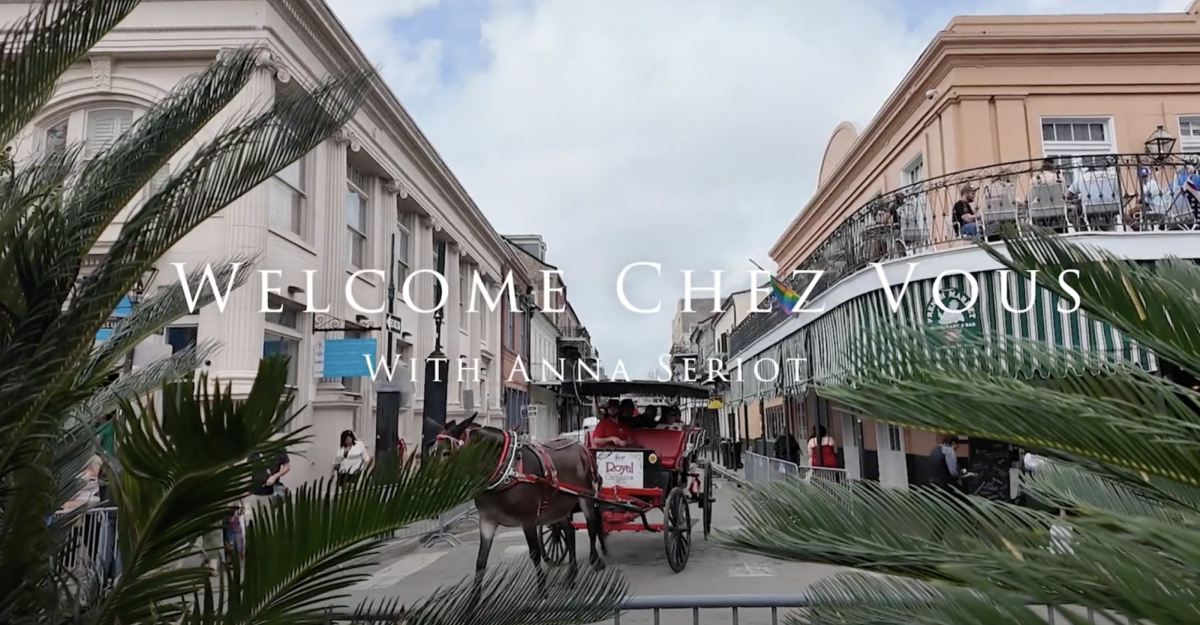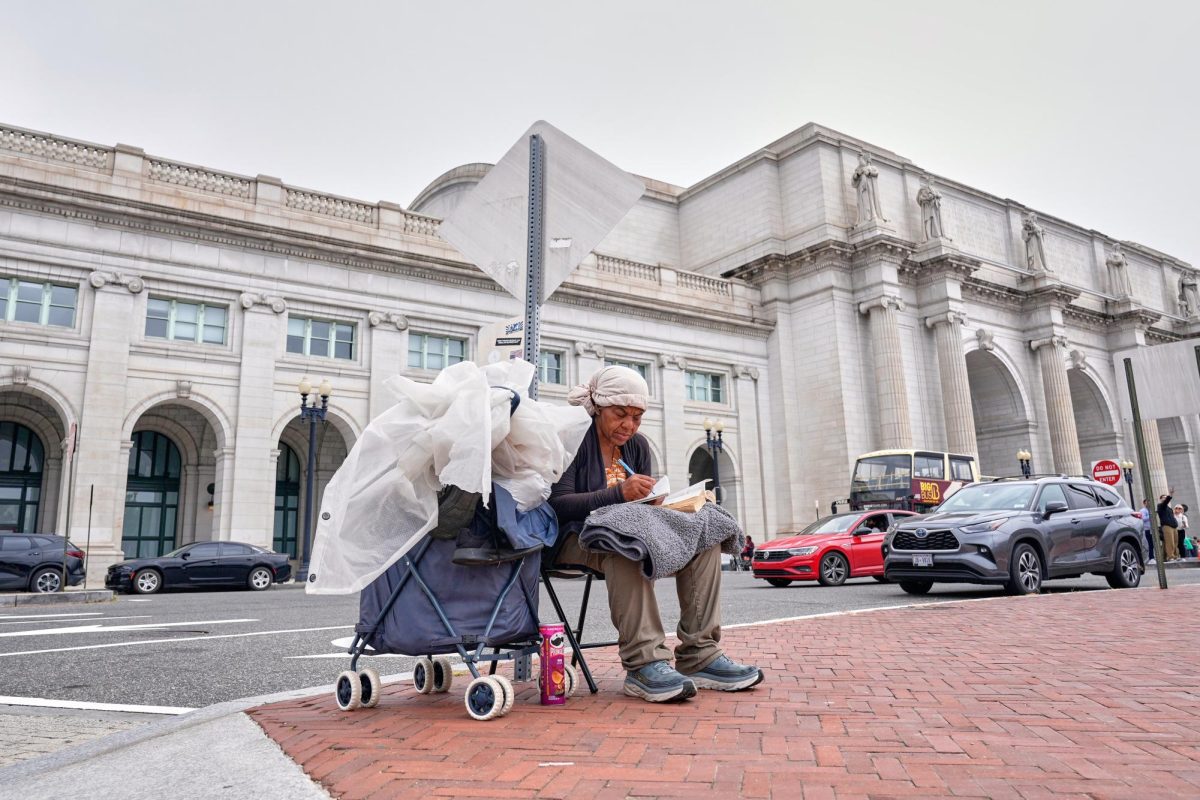The modern skylines dominating cities such as New York, Los Angeles and Chicago are not something you will find in New Orleans.
That’s because New Orleans never saw a boom of high-rise buildings like these cities, which Tulane University professor of architechture John Klingam attributes to concerns about whether tall buildings could even be constructed in the city in the first place.
“New Orleans never had lots of tall buildings like other cities did, even early in the twentieth century, because of our soils problem. Our soils are so squishy that they aren’t capable of holding up a really tall building,” Klingman said.
Though according to Klingman, as of late there has been a change in demand for the type of usage of high rise buildings throughout the city.
“What we’re seeing now, there’s not a lot of market for giant high rise office buildings; there is some market for large residential buildings, though. In downtown, there are a number of buildings that have been converted from office use to either hotel, apartment or condominium use,” Klingman said.
Klingman said problems with early large-scale development were overcome by New Orleans’ engineers in the 1960s, through the invention of a new foundation technique known as friction piles.
“Friction piles allow for a building not to be seated on rock, as many foundations are. Instead of that, the strength of the foundation is developed by the friction of the pile against the clay or against the sub-surface. When this foundation technique was invented, it allowed for New Orleans to join other American cities with much taller buildings,” Klingman said.
This innovative foundation technique is what was used to develop what is widely known as New Orleans’ last major high rise building development, Place St. Charles, which is the most recent 35 story or higher building constructed in the city.
Place St. Charles was part of a series of building projects done in the city in the 1970s and 1980s. During this period, 17 of the city’s 20 tallest buildings were constructed, including One Shell Square, which, at 697 feet, still stands as the tallest building in Louisiana, a title it has held since completion in 1972.
The 1990s saw no buildings constructed taller than 250 feet. The same phenomenon can be seen in suburban Metairie, which saw all of its high-rise buildings constructed during the 1970s and 1980s.
Klingman attributes this to a lack of investment in the region after
the 1980s.
“When the oil industry crashed in the 1980s, those people stopped building tall buildings and there were really no proposals for 30 or 40 story new constructions for a couple of decades,” Klingman said.
Hopes for a new boom arrived in 2005 when the New Orleans City Council approved construction of the Trump International Hotel and Tower, set to be an 842-foot, 70 story building that would have dwarfed the 51 story One Shell Square.
Then came Hurricane Katrina.
The project died, and no new large-scale projects have been approved since.
Nick Reimann contributed to this article
















